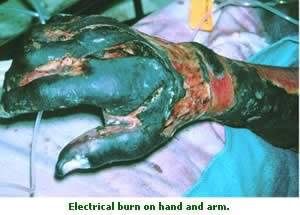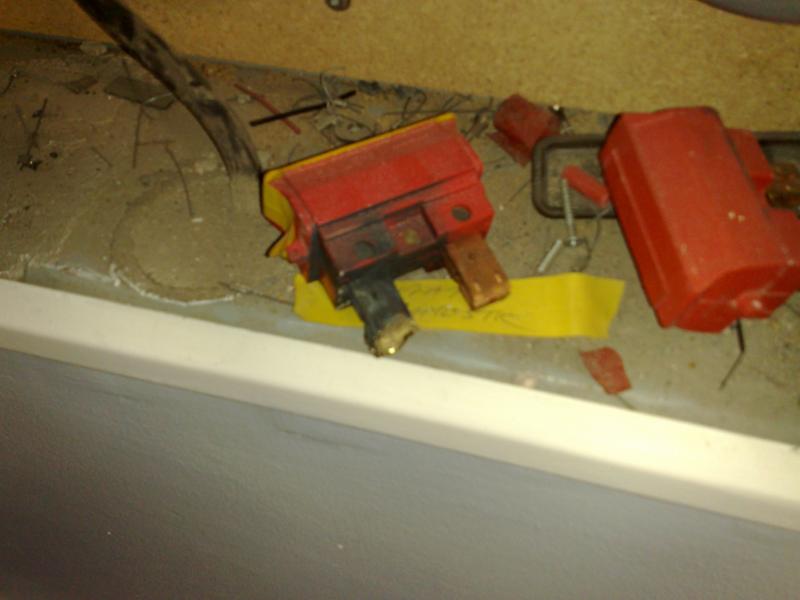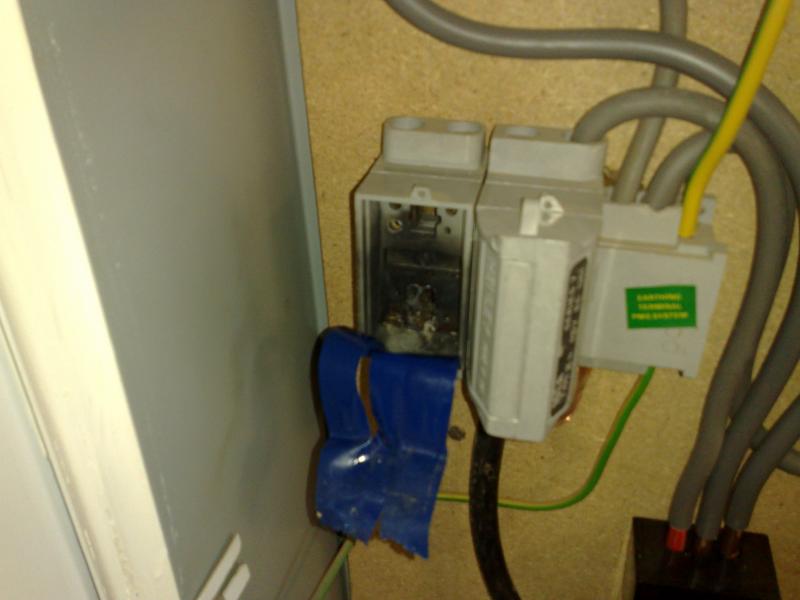This is a subject that has been debated since the time that cutouts were fitted. What amazes me is that all of the people that say "i pull the fuse" never explain the procedures they employ. Some will say "i always wear 1000v gloves" but do you carry out the relevant checks before and during refitting the fuse. For your information, the correct method for disconnecting the supply,
1) Asses you work area for working conditions, hazards, access and escape routes.
2) Ask the customer to save all data and power down PC's and turn off sensitive equipment at the plug.
3) With a socket tester check the polarity at a socket outlet.
4) Confirm with customer that it is safe to proceed.
5) Put on 1000v gloves after testing that they are sound.
6) With a glow lamp, check ALL conductive parts that you are likely to come into contact with during the work at the cutout. This includes Henly block screws, trunking, metal enclosures and most importantly the cutout seals. Last year, a meter man was badly injured because someone previously had pulled the fuse without cutting the seals and broke the sealing lugs on the main body. When he put the fuse back in, the excess wire on the seal went into the body and made contact with the live terminal. Remember to prove lamp before and after each test.
7) Turn off/remove customers protection devices and main isolator.
8) Still wearing your 1000v gloves and wearing a face shield (not goggles), firmly pull the fuse carrier. If the fuse will not come out, stop all work and call the DNO. I have had 3 old bakalites fall apart on me this year.
9) immediately, fit a cut out cover over the live terminal in the cut out. It has been known to accidently shove a meter tail in the cutout
10) Prove installation is dead with glow lamp, remember to prove lamp before and after test.
11) You can now remove gloves and face shield.
12) Check the fuse lugs for signs of arcing, damage and overheating. Disassemble the fuse carrier and check the correct rating fuse is fitted and reassemble.
The next steps are dependant on what type of work you are doing.
Refitting
1) Ensure isolator is still in off position. Wearing 100v gloves (after proving they are sound) and face shield, bridge out live terminals in cutout with a glow lamp. There should be little or no glow from the lamp. If bright lamp, investigate further and recheck. Remember to prove lamp before and after test.
2) Check fuse holder is assembled correctly and firmly insert fuse holder.
3) Recheck polarity at socket.
4) Reseal.
As like Roo, i am trained in LV single and 3 phase as well as CT meters CAT 1,2 & 3. There are reasons why you should not pull the fuses and i hope i have shown some of these. I am pragmatic enough to know that people will continue to pull fuses but on your head be it. I have seen the picture that Roo posted and was told that this resulted in amputation.
Ever heard of the term COMPETENCY






